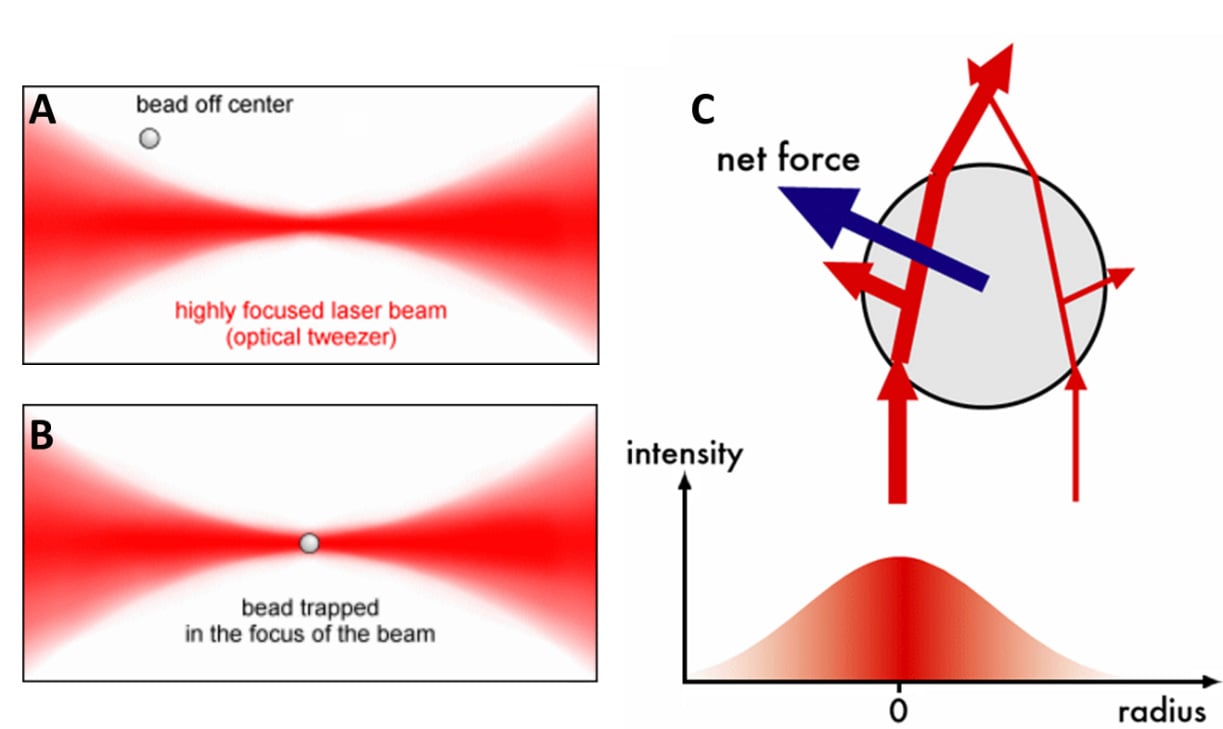Contents

Source: Wikipedia
<>
Optical Tweezers: A Revolutionary Tool in Manipulating Small Objects
Introduction
Optical tweezers are advanced tools that use laser beams to manipulate small particles with precision. They have revolutionized various fields, especially microbiology and nanotechnology.
How Optical Tweezers Work
Optical tweezers operate based on the principle of light forces. Laser beams trap and move small particles by exerting forces on them. These forces are strong enough to manipulate particles but gentle to prevent damage.
Applications of Optical Tweezers
Optical tweezers find extensive applications in microbiology. They are used to manipulate single cells such as bacteria, blood cells, and even for experiments on single molecules like DNA. Additionally, they can be utilized for optical levitation traps where particles are suspended in air.
Recent Advancements and Nobel Prize
In 2018, Arthur Ashkin was awarded the Nobel Prize in Physics for his pioneering work on optical tweezers. His contributions have significantly advanced the field of optical manipulation and opened up new possibilities for research and applications.
Future Prospects
With ongoing research and technological advancements, the capabilities of optical tweezers are expanding. They continue to play a crucial role in various scientific disciplines, offering unparalleled precision in manipulating microscopic objects.
Conclusion
Optical tweezers represent a remarkable achievement in the field of optics and nanotechnology. Their ability to manipulate tiny particles with light has transformed scientific research and opened up new avenues for exploration and discovery.

Source: Teledyne Vision Solutions
Feel free to comment your thoughts.



